According to Mr. Truong Khac Tri, Deputy Director of the Department of Agriculture and Rural Development (DARD), in order to contribute to the synchronous and effective implementation of tasks and solutions to restructure the agricultural sector, associated with climate change adaptation; based on the storage capacity of irrigation systems and water sources from Don Duong Lake, the sector focuses on directing affiliated units, coordinating with localities to develop a suitable winter-spring crop production plan for 2023-2024. At the same time, continue to drastically implement the conversion of crops, especially in unstable irrigation areas, canal-end areas, and pumping station irrigation areas to appropriate upland crops according to the conditions of each region and meet market consumption needs, ensuring effective production and increasing income for people.
Switching to short-term, water-saving crops helps farmers in Loi Hai commune (Thuan Bac) have a stable income.
Thuan Bac is a locality located in the arid area of the province. Although there are many irrigation systems, rivers, streams, lakes and dams in the area, most of them are small and have high slopes; some production areas are on hills, far from water sources, so the production process faces certain difficulties. Faced with the above disadvantages, in each production season, the district organizes a review. In addition to maintaining a suitable rice area, the conversion of water-saving and sustainable crops is paid attention to and focused on; thereby, creating stable production fields, increasing profits on the same unit of area. Mr. Tran Van Ben, An Dat village, Loi Hai commune, shared: My family's production area is in the Ray So area, planned by the commune to grow short-term crops, with an area of about 10 hectares. On an area of 3 sao, every year I grow many types of vegetables and beans in rotation; In this particular crop, I planted chili and watermelon, which are currently growing well and are expected to be harvested in mid-April this year. According to the Department of Agriculture and Rural Development of Thuan Bac district, in the winter-spring crop of 2023-2024, the whole district has converted 44.2 hectares of crops, mainly concentrated in Loi Hai, Cong Hai and Bac Son communes. According to assessments from previous crops, income from some crops such as melons and peanuts increased by 2-2.5 times, corn increased by 1.3 times, and green asparagus increased by 4.5 times compared to rice cultivation.
Due to the characteristics of short growth, easy care and low water use, many farmers in Ninh Phuoc, Ninh Son, Ninh Hai districts... with low-yield rice growing areas have also proactively switched to short-term crops. At the end of the 2023-2024 winter-spring crop, the whole province planted over 31,301 hectares, reaching 101.7% of the plan, exceeding 1.1% over the same period. 902.3/674.5 hectares were converted, reaching 133.8% of the plan; of which, 469.8 hectares were converted on rice land and 432.5 hectares on other land, including short-term and long-term crops.
In addition, to support farmers in the conversion, functional sectors and localities also flexibly allocate investment capital to build canal systems, regulate water reasonably, transfer science and technology, introduce many new crop varieties, creating richness and diversity in the conversion structure. Calling on companies, businesses, and agricultural product purchasing agents to organize production linkages and supply materials, contributing to helping farmers feel secure in production. Comrade Pham Dung, Head of the Provincial Department of Cultivation and Plant Protection, said: The structure of varieties put into production during the crop season is carefully selected by localities, resistant to pests and diseases, suitable for each region and each type of soil. Currently, it is the time when crops grow and develop strongly, the unit proactively monitors and implements pest prevention and control work, and recommends farmers to effectively prevent and limit pests and diseases until the end of the crop.
Hong Lam
Source


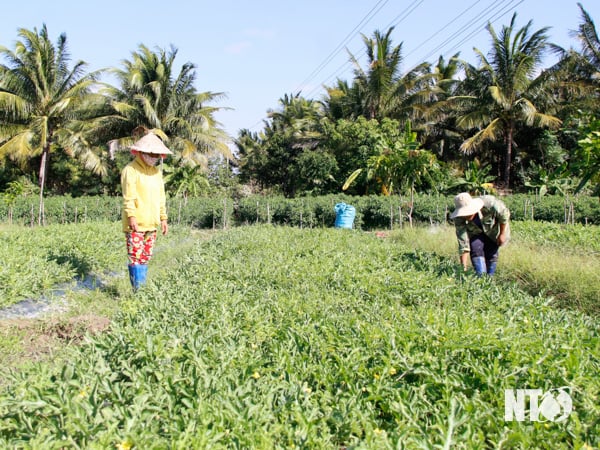




![[Photo] National Assembly Chairman Tran Thanh Man receives First Vice Chairman of the Federation Council of the Federal Assembly of the Russian Federation](/_next/image?url=https%3A%2F%2Fvphoto.vietnam.vn%2Fthumb%2F1200x675%2Fvietnam%2Fresource%2FIMAGE%2F2025%2F12%2F02%2F1764648408509_ndo_br_bnd-8452-jpg.webp&w=3840&q=75)

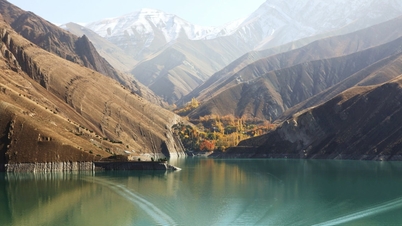



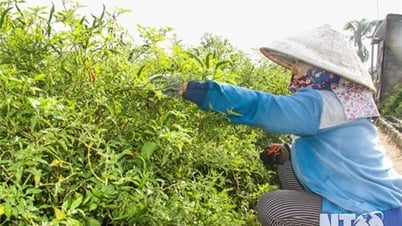
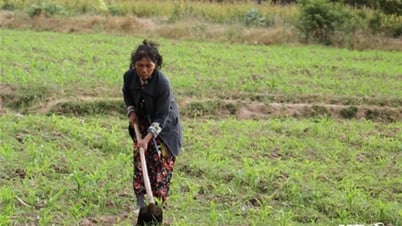


















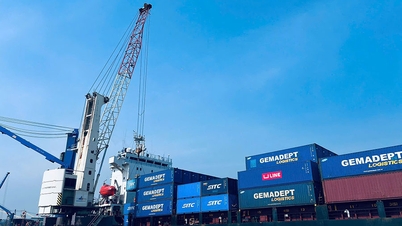
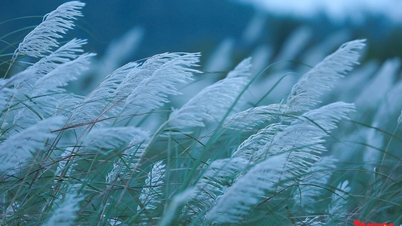


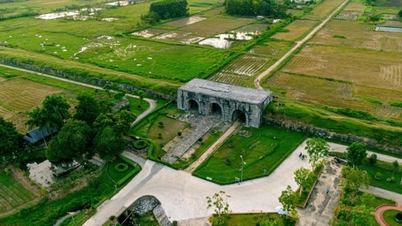



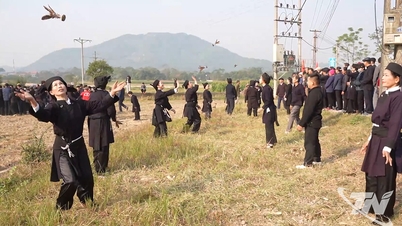








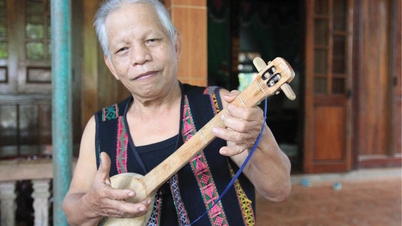

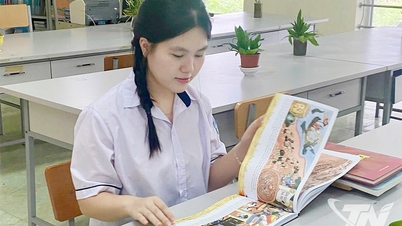





















![[Photo] General Secretary To Lam and his wife attend the 50th Anniversary of Laos National Day](https://vphoto.vietnam.vn/thumb/402x226/vietnam/resource/IMAGE/2025/12/02/1764644139308_1.jpeg)











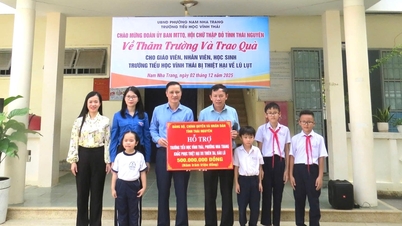
















Comment (0)